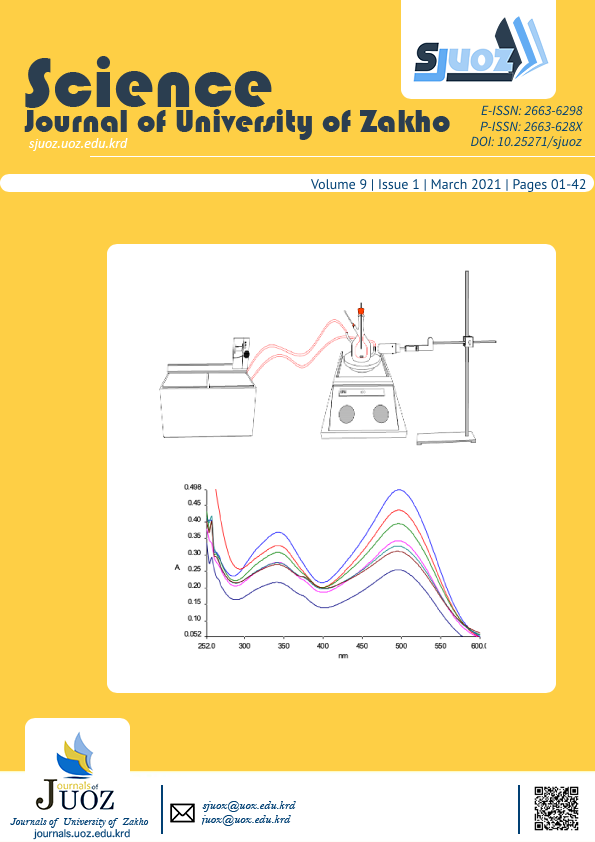Graph Inclusion and Matching Algorithms for Programs Manipulating Singly linked Heaps
Abstract
Programs that manipulate heaps such as singlylinked lists, doublylinked lists, skiplists, and treesare ubiquitous, and hence ensuring their correctness is of utmost importance. Analysing correctness properties for such programs is not trivial since they induce dynamic data structures, leading to unbounded state spaces with intricate patterns. One approach that has been adopted to tackle this problem is the use of symbolic searching techniques. The state space is encoded using graphs where the nodes represent memory cells, and the edges represent pointers between the cells. It is necessary to prune the search to avoid generating massive numbers of graphs, thus making the procedure unpractical. Pruning strategies are defined based on operations such as graph matching and inclusion. In this paper, a set of algorithms for performing these operations are presented. It is demonstrated that the proposed algorithms can handle typical graphs that arise in the verification of heap manipulating programs.
Full text article
Authors
Copyright (c) 2021 Muhsin H. Atto

This work is licensed under a Creative Commons Attribution 4.0 International License.
Authors who publish with this journal agree to the following terms:
- Authors retain copyright and grant the journal right of first publication with the work simultaneously licensed under a Creative Commons Attribution License [CC BY-NC-SA 4.0] that allows others to share the work with an acknowledgment of the work's authorship and initial publication in this journal.
- Authors are able to enter into separate, additional contractual arrangements for the non-exclusive distribution of the journal's published version of the work, with an acknowledgment of its initial publication in this journal.
- Authors are permitted and encouraged to post their work online.
